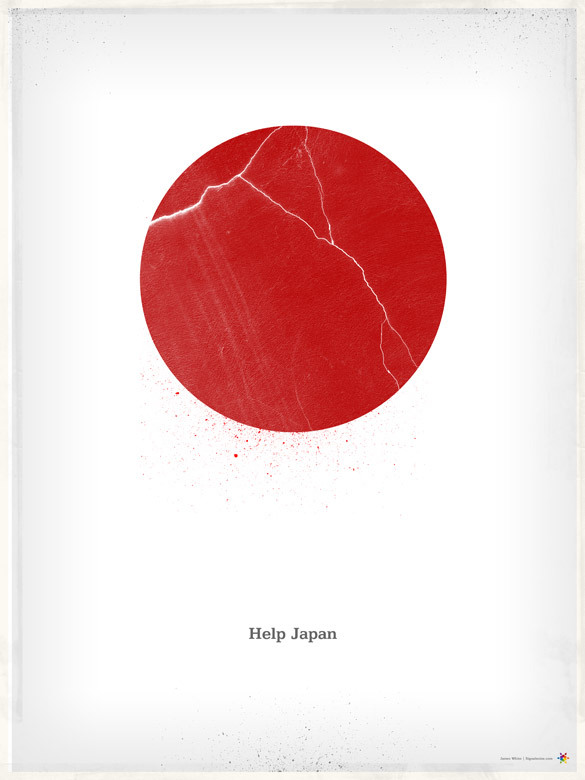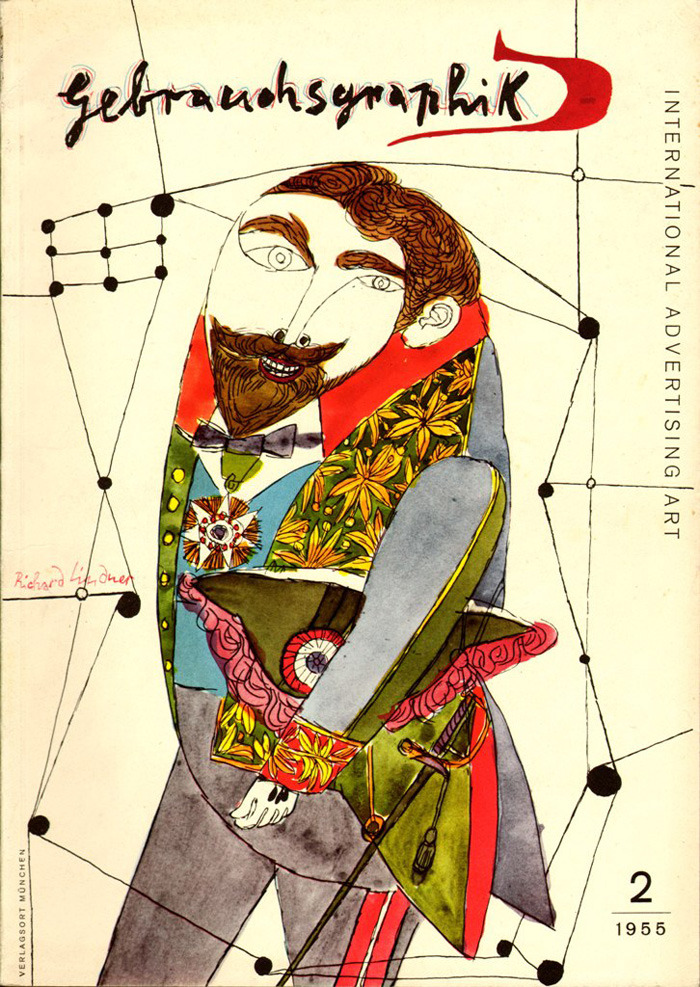Django tutorial, Jacob Kaplan-Moss
2011-03-16
2011-03-16
2011-03-16
2011-03-16
2011-03-14
Le le 7 avril se tient à Pau, à l'initiative de l’ESA des Pyrénées, une journée d’études consacrée au design graphique.

2011-03-14
2011-03-13
2011-03-07
2011-02-10
Le travail de l’artiste est de toujours sonder le mystère
— Francis Bacon. Via johncoltrane et but does it float.
2011-02-10
2011-02-04
2011-01-26
The only interesting answers are those that destroy the questions
2010-12-20
«What are the differences between Mark Zuckerberg and me? I give private information on corporations to you for free, and I’m a villain. Zuckerberg gives your private information to corporations for money and he’s Man of the Year.»
— Julian Assange on SNL
2010-12-10
Yoann Bourgeois encore, avec des balles, sur france3.
2010-12-10
Step Motion Flight par la compagnie Yoann Bourgeois
2010-11-17
Rosab propose une interface zoomable pour son nouveau numéro. En Flash™, avec un antialiasing pas très heureux et une tendance à pédaler un peu. Principe intéressant, quoi qu'il en soit. Ma propre tentative javascript s'était soldée par un scroll horizontal multidirectionnel mais à une seule dimension. Scroll rendu délicat par une surface de scroll trop importante.
2010-11-17
2010-11-16
currybetdotnet is Martin Belam’s blog about information architecture, journalism and digital media. Martin Belam works for the Guardian as Information Architect on the guardian.co.uk website.
2010-11-15
On en parle beaucoup a beaucoup parlé un peu partout. Sur Le Typographe (deux fois) et 2 ou 3 choses, entre autres lieux fréquentables. À mon tour doc ;
Ypsilon éditeur publie Roger Excoffon et la fonderie Olive.
Christian Schwartz – à moins que ce ne fût Paul Barnes – disait l'autre jour sur twitter :
Just received our studio copy of “Roger Excoffon et la fonderie Olive”. BRILLIANT. My favorite book of the year.
Sandra Chamaret (venue récemment en workshop Design d'information à l'ESAC), Julien Gineste, Sébastien Morlighem en sont les auteurs apparemment très inspirés.
Pour mémoire – et on notera le référentiel états-unien assez paradoxalement marqué – Ken Barber (House Industries) disait :
Typetheory : What typeface do you look at and say, “I wish I had created that!”
Ken Barnes : Anything by Roger Excoffon.

2010-11-10
Le design graphique est un langage qui communique des idées, des émotions et des valeurs. C’est une langue vivante qui ne peut évoluer et s’épanouir que lorsqu’on maîtrise parfaitement sa syntaxe et qu’on connait son vocabulaire.
Le design graphique est partout. Les supports se multiplient, mais son rôle demeure : donner du sens, expliquer, convaincre.
Le design graphique a la responsabilité d’agir et de participer à la société comme source de richesse, de culture et de fierté.
2010-11-09
2010-11-08
2010-11-03
2010-11-03
2010-11-03
Sur bitbucket, un gestionnaire d'uploads / sélecteur de médias pour django : django-adminfiles
Voir sur viméo la démo du fonctionnement côté admin django.
Et pour l'embed d'élements dans les pages publiques (parsing de html brut), djangoembed sur pypi.
2010-11-03
Sentry provides you with a generic interface to view and interact with your error logs. By default, it will catch any exception thrown by Django and store it in a database. With this it allows you to interact and view near real-time information to discover issues and more easily trace them in your application.
— Sentry
2010-11-03
2010-11-02
Art direction is about evoking the right emotion, it’s about creating that connection to what you’re seeing and experiencing.
— Dan Mall captures the perfect definition of art direction in A List Apart 317. (via 9-bits)
2010-10-31
2010-10-25
In graphic design, nothing is what it actually is. Everything other than content is representative of something else. Additionally, much of the content is also merely representative of something other than what it actually is.
2010-10-22









Sergio Alves, young designer from Porto.
2010-10-22
2010-10-22
2010-10-22
2010-10-22
2010-10-22
2010-10-21
2010-10-15

via butdoesitfloat
2010-10-15
2010-10-13
2010-10-04